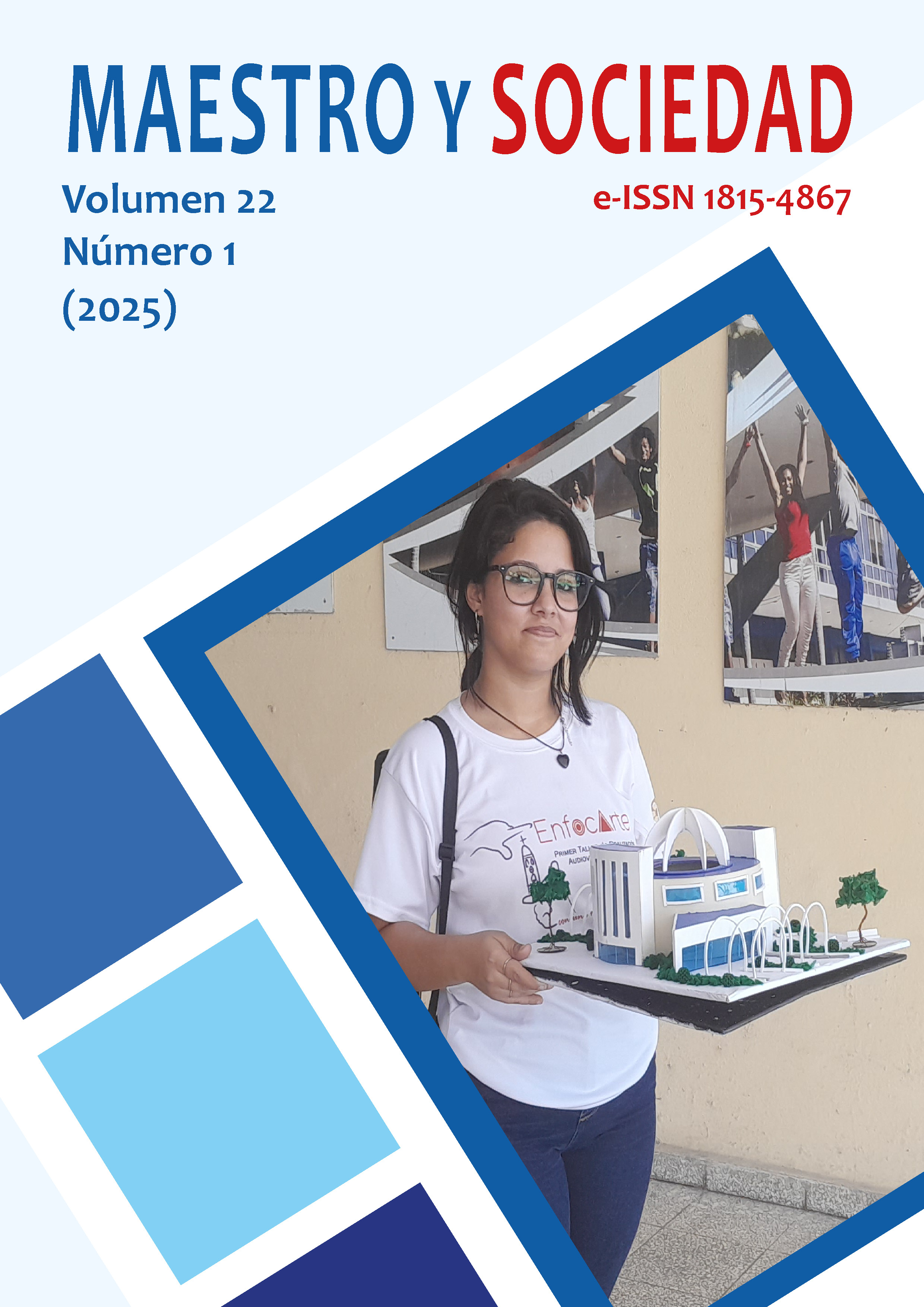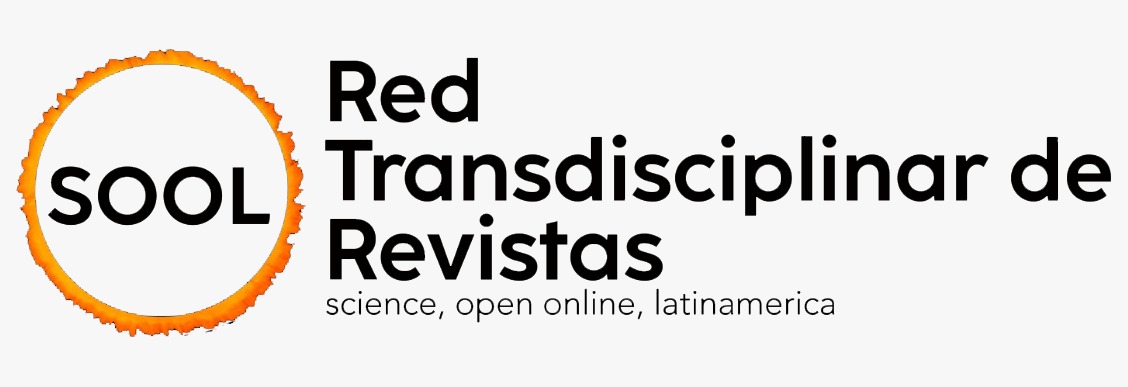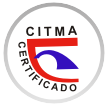Comparação de testes CKCUEST modificados na avaliação da estabilidade do ombro em atletas de basquete
Palavras-chave:
membro superior, teste de equilíbrio, equilíbrio posturalResumo
Introdução: A estabilidade do ombro é um fator determinante no desempenho esportivo e na prevenção de lesões. Várias investigações exploraram a eficácia de testes funcionais, como o CKCUEST (Closed Kinetic Chain Upper Extremity Stability Test) e o teste de equilíbrio postural conhecido como Y Balance Test. O principal objetivo do estudo é identificar qual variante do CKCUEST melhor se correlaciona com os resultados do Teste de Equilíbrio Y. Materiais e métodos: Para a metodologia participaram cem atletas de basquetebol, aos quais foram aplicados os testes estabelecidos: o CKCUEST com suas respectivas variantes e o Y Balance Test, cada teste foi realizado em três sessões, com frequência de três repetições por sessão. Posteriormente, foi realizada a coleta de dados para realização de análises estatísticas. Resultados: De acordo com os resultados estabelecidos, indica-se que não há relação linear entre os testes CKCUEST e o teste de equilíbrio Y e para o segundo objetivo a média aproximada das diferenças no método biacromial é 5, enquanto no método de 50% de altura é 2,5, isso indica que o método de cinquenta por cento de altura oferece medidas mais próximas do valor de referência. Discussão: Os testes CKCUEST e YBT para avaliar a estabilidade do ombro não mostraram correlação estatisticamente significativa, o que pode ocorrer porque cada um avalia aspectos diferentes do desempenho físico. Conclusões: Além disso, o CKCUEST padrão se correlaciona com as versões modificadas de 50% de meia altura e biacromial, sugerindo que a versão de 50% de meia altura ou biacromial deve ser usada para avaliar a estabilidade do ombro em atletas equatorianos.
Referências
Callaway, A., Peck, J., Ellis, S., & Williams, J. (2020a). A randomised observational study of individualised variations in the start position of the closed-kinetic chain upper extremity stability test. Physical Therapy in Sport, 41, 16–22. https://doi.org/10.1016/j.ptsp.2019.10.007
Callaway, A., Peck, J., Ellis, S., & Williams, J. (2020b). A randomised observational study of individualised variations in the start position of the closed-kinetic chain upper extremity stability test. Physical Therapy in Sport, 41, 16–22. https://doi.org/10.1016/j.ptsp.2019.10.007
Declève, P., Van Cant, J., & Cools, A. M. (2021a). Reliability of the Modified CKCUEST and correlation with shoulder strength in adolescent basketball and volleyball players. Brazilian Journal of Physical Therapy, 25(5), 536–543. https://doi.org/10.1016/j.bjpt.2021.02.002
Declève, P., Van Cant, J., & Cools, A. M. (2021b). Reliability of the Modified CKCUEST and correlation with shoulder strength in adolescent basketball and volleyball players. Brazilian Journal of Physical Therapy, 25(5), 536–543. https://doi.org/10.1016/j.bjpt.2021.02.002
Goldbeck, T. G., & Davies, G. J. (2000). Test-Retest Reliability of the Closed Kinetic Chain Upper Extremity Stability Test: A Clinical Field Test. Journal of Sport Rehabilitation, 9(1), 35–45. https://doi.org/10.1123/jsr.9.1.35
Gorman, P. P., Butler, R. J., Plisky, P. J., & Kiesel, K. B. (2012). Prueba de equilibrio Y del trimestre superior Comparación de la fiabilidad y el rendimiento entre géneros en adultos activos. Journal of Strength and Conditioning Research, 26(11), 3043–3048. https://doi.org/10.1519/JSC.0b013e3182472fdb
Masuello, D., Machero, M., & Rodriguez D`Aversa, G. (2023). Evaluación del control postural dinámico de miembro inferior a través de la prueba de equilibrio en Y. Argentinian Journal of Respiratory & Physical Therapy, 5(3). https://doi.org/10.58172/ajrpt.v5i3.282
Moisés, *, Prieto, F., Morales, S. B., Benítez Jiménez, A., Gil, R. R., Muñoz Muñoz, A., Salinas Palacios, V., Betanzos López, R., Jesús, J., Leiva, A., & Tomás González Fernández, F. (n.d.). España), Extremadura CF (España), Antequera CF (España), Universidad de Granada (España. www.retos.org
Schwiertz, G., Beurskens, R., & Muehlbauer, T. (2020). Discriminative validity of the lower and upper quarter Y balance test performance: a comparison between healthy trained and untrained youth. BMC Sports Science, Medicine and Rehabilitation, 12(1). https://doi.org/10.1186/s13102-020-00220-w
Schwiertz, G., Brueckner, D., Schedler, S., Kiss, R., & Muehlbauer, T. (2019). RELIABILITY AND MINIMAL DETECTABLE CHANGE OF THE UPPER QUARTER Y-BALANCE TEST IN HEALTHY ADOLESCENTS AGED 12 TO 17 YEARS. International Journal of Sports Physical Therapy, 14(6), 927–934.
Silva, Y. A., Novaes, W. A., Dos Passos, M. H. P., Nascimento, V. Y. S., Cavalcante, B. R., Pitangui, A. C. R., & De Araújo, R. C. (2019). Reliability of the Closed Kinetic Chain Upper Extremity Stability Test in young adults. Physical Therapy in Sport, 38, 17–22. https://doi.org/10.1016/j.ptsp.2019.04.004
Steele, C., & Valentin, S. (2024). Intrinsic and extrinsic variables impacting upper quarter Y-balance test scores in sporting cohorts: A systematic review. In Journal of Bodywork and Movement Therapies (Vol. 39, pp. 183–194). Churchill Livingstone. https://doi.org/10.1016/j.jbmt.2024.02.043
Stoddard, C. A., Wang-Price, S., & Lam, S. E. (2022). Limb Dominance Does Not Affect Y-Balance Test Performance in Non-Athlete Adolescents. International Journal of Sports Physical Therapy, 17(2), 164–173. https://doi.org/10.26603/001c.30996
Taylor, J. B., Wright, A. A., Smoliga, J. M., DePew, J. T., & Hegedus, E. J. (2016a). Upper-Extremity Physical-Performance Tests in College Athletes. Journal of Sport Rehabilitation, 25(2), 146–154. https://doi.org/10.1123/jsr.2014-0296
Taylor, J. B., Wright, A. A., Smoliga, J. M., DePew, J. T., & Hegedus, E. J. (2016b). Upper-Extremity Physical-Performance Tests in College Athletes. Journal of Sport Rehabilitation, 25(2), 146–154. https://doi.org/10.1123/jsr.2014-0296
Tooth, C., Gofflot, A., Schwartz, C., Croisier, J.-L., Beaudart, C., Bruyère, O., & Forthomme, B. (2020). Risk Factors of Overuse Shoulder Injuries in Overhead Athletes: A Systematic Review. Sports Health: A Multidisciplinary Approach, 12(5), 478–487. https://doi.org/10.1177/1941738120931764
Publicado
Como Citar
Edição
Seção
Licença
Copyright (c) 2025 Patricia Marilin López Freire

Este trabalho está licenciado sob uma licença Creative Commons Attribution-NonCommercial-NoDerivatives 4.0 International License.
Esta revista proporciona un acceso abierto inmediato a su contenido, basado en el principio de que ofrecer al público un acceso libre a las investigaciones ayuda a un mayor intercambio global de conocimiento. Cada autor es responsable del contenido de cada uno de sus artículos. Los artículos pueden ser inéditos o estar disponibles previamente en servidores de preprints reconocidos por la revista. Sin embargo, no se permite la duplicación de la publicación o traducción de un artículo ya publicado en otra revista o como capítulo de un libro.
This journal provides immediate open access to its content, based on the principle that providing the public with free access to research supports a greater global exchange of knowledge. Each author is responsible for the content of each of their articles. Articles may be previously unpublished or available on preprint servers recognized by the journal. However, duplication of publication or translation of an article already published in another journal or as a book chapter is not permitted.
Esta revista oferece acesso aberto imediato ao seu conteúdo, com base no princípio de que oferecer ao público acesso gratuito à pesquisa contribui para um maior intercâmbio global de conhecimento. Cada autor é responsável pelo conteúdo de cada um de seus artigos. Os artigos poderão ser inéditos ou estar previamente disponíveis em servidores de preprints reconhecidos pela revista. No entanto, não é permitida a duplicação de publicação ou tradução de artigo já publicado em outro periódico ou como capítulo de livro.



























 Universidad de Oriente
Universidad de Oriente 